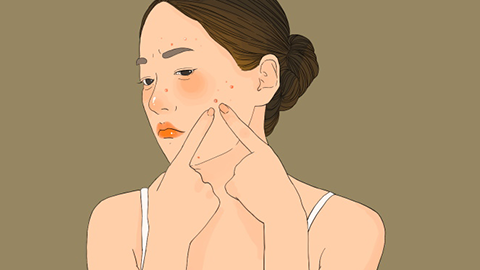How to manage dampness in the body
In general, dampness in the body can be improved through comprehensive regulation methods such as adjusting diet, increasing physical activity, and improving the living environment. The specific effects may vary among individuals. If concerns persist, it is recommended to seek medical advice in advance. Detailed analysis is as follows:

For individuals with mild dampness, reducing the intake of sweet and cold foods, eating more dampness-resolving foods such as Chinese yam and winter melon, exercising three to four times per week through brisk walking, rope skipping, and other activities to promote sweating, combined with maintaining a dry living environment, may lead to noticeable improvement within one to two months.
For those with severe dampness accompanied by obvious symptoms such as body heaviness and sticky stools, on the basis of dietary and exercise adjustments, physical therapies such as moxibustion and cupping may be needed. Under professional guidance, dampness-resolving patent Chinese medicines can also be used. The treatment period may extend beyond three months, and long-term adherence is necessary to prevent dampness from accumulating again.
When regulating dampness, one should avoid blindly relying on a single method and should adjust the plan according to individual conditions. If symptoms do not improve or worsen after regulation, timely consultation with professionals is advised to identify the cause before implementing targeted interventions.









